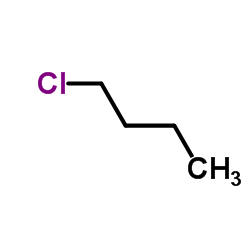| Structure | Name/CAS No. | Articles |
|---|---|---|
 |
1,3-Dichloropropane
CAS:142-28-9 |
|
 |
1-Chlorobutane
CAS:109-69-3 |